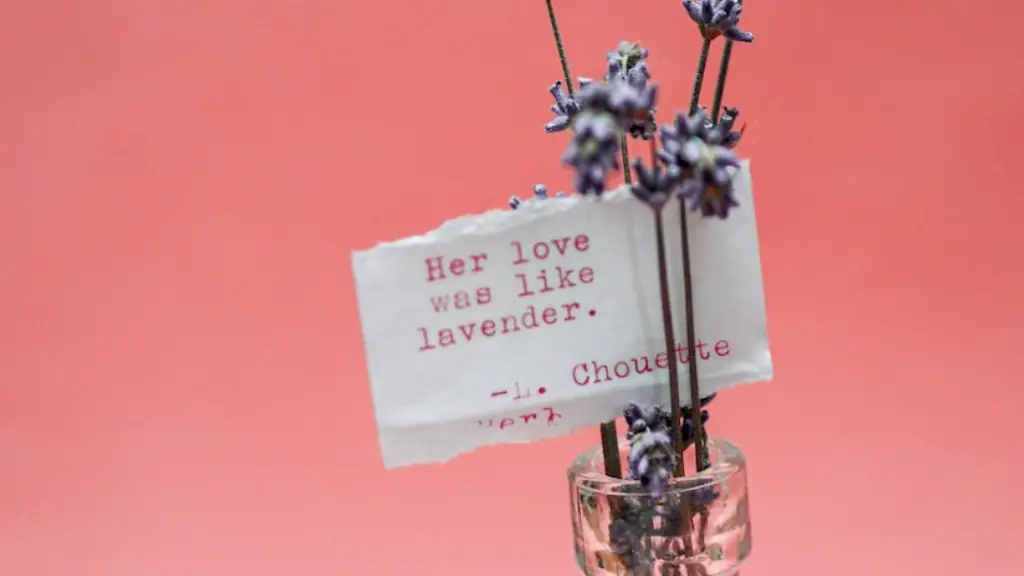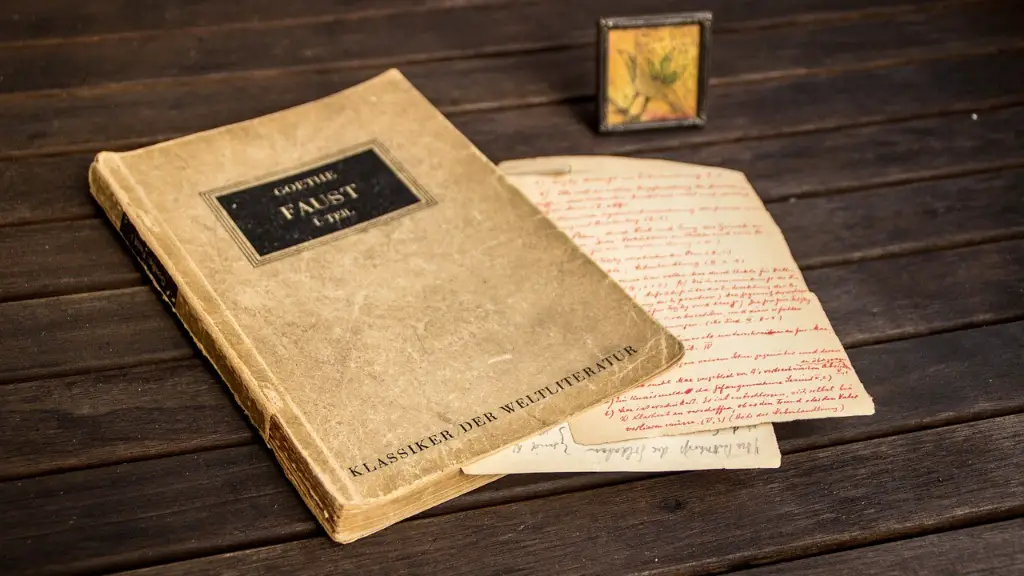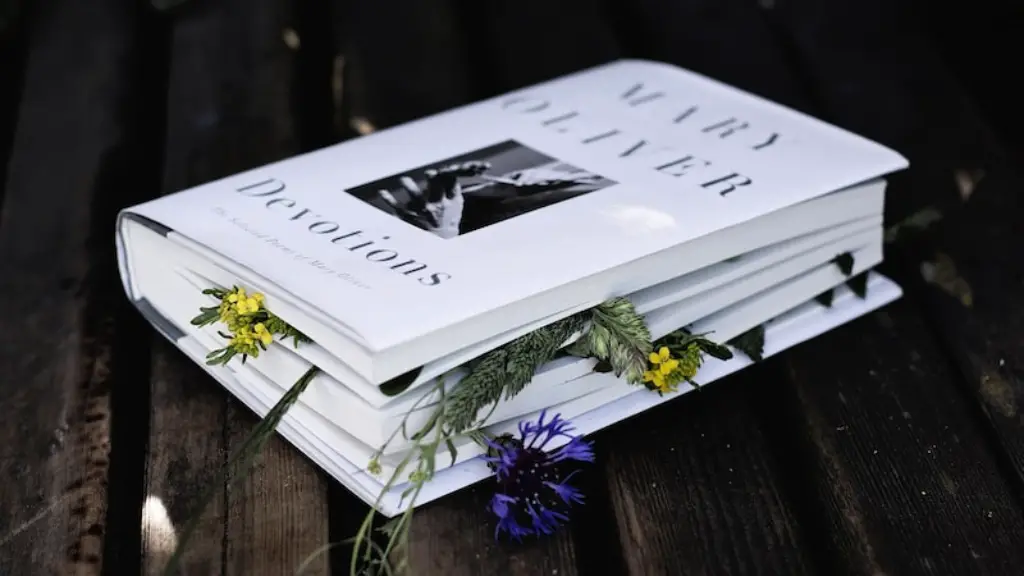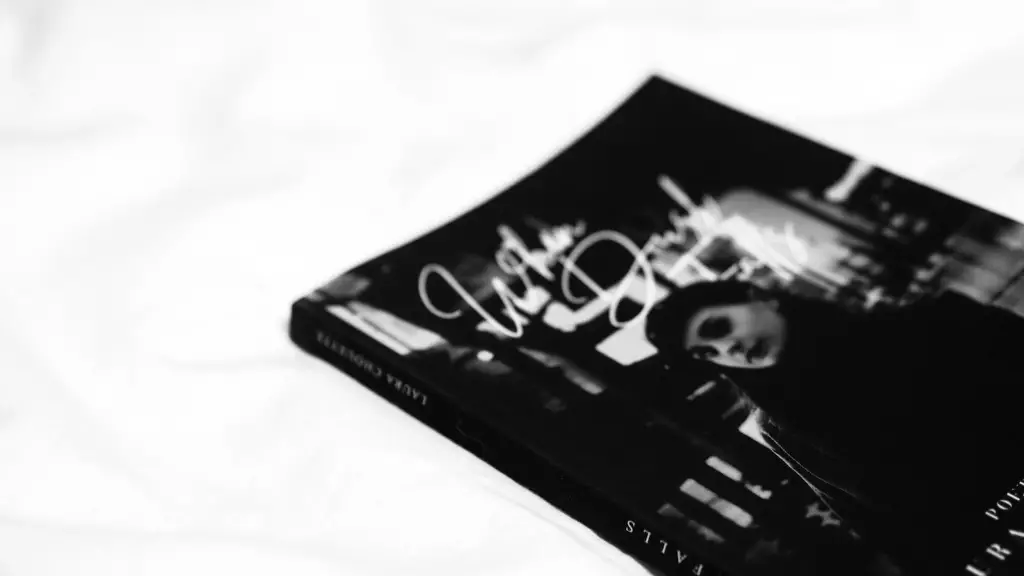Romantic poetry in literature is whatever the reader wants it to be. Its root elements include themes of growth, independence, and intense emotion, making it emotionally engaging and thought-provoking. Romance poetry is all about beauty, dreaminess, passion, and capturing life in vivid, evocative detail. But there is also a darker side to Romantic poetry, with references to death, despair, and destruction. With Romantic poetry, authors can freely explore beauty, destruction, natural phenomena, and life experience in an emotional and powerful way.
The Romantic period in literature began in the late 18th century and continued into the mid-19th century. During this time, poets such as William Wordsworth and Samuel Taylor Coleridge in Britain, and George Gordon Byron, John Keats, and Percy Bysshe Shelley in Europe, were writing some of the most passionate and evocative poetry of the age. They reacted to the Age of Enlightenment and explored nature, personal feelings and imagination, and the expression of inner thoughts.
Many of the key features of Romantic poetry include its emphasis on emotion, the beauty of the natural world, the power of imagination, the exploration of the self, and the creation of new poetic forms. However, this genre of literature is not limited to these features alone. Writers can also explore themes of mortality, loss, love, and redemption.
One of the most memorable forms of Romantic poetry is the sonnet. This type of poem typically has fourteen lines, usually more than one stanza, and a strict rhyme scheme. Sonnets are often used to explore a range of emotions, such as love, grief, joy, and beauty. Another major form of Romantic poetry is the ode, which is usually longer than the sonnet and expressed in a more elaborate way.
The Romantics often incorporated the use of symbols and metaphors to represent deeper themes in their poetry. They used many literary devices including alliteration, assonance, and imagery to give their work an emotional and imaginative impact. This is what sets Romantic poetry apart from other forms of literature: its ability to explore intense emotions in a deeply evocative manner.
Romantic poems often focus on nature. The Romantics believed that nature was an expression of God and a way of discovering one’s own spirituality. They wrote about the beauty of the night sky, flowering gardens, and the power of storms. Nature was also a way for them to express the intense emotions of the human soul, something which modern poets still do today.
Love in Romantic Poetry
Love was a recurring theme in Romantic poetry, and it was often portrayed in a passionate and intense manner. Romantic poets such as Byron, Shelley and Keats often explored the concept of romantic love as something deep and powerful, something that was often difficult to express. In addition to describing the emotions of passion and desire, these poets also explored the darker sides of love, such as jealousy, rejection and heartbreak.
One of the most popular examples of a Romantic love poem is John Keats’s “On First Looking into Chapman’s Homer,” which captures the intensity of romantic love. In this poem, Keats expresses his joy in the discovery of great beauty, and uses vivid imagery of the night sky and stars to evoke the emotion of the moment.
As with all great literature, there is no one definition of Romantic poetry. It is a genre that continues to evolve, and writers continue to explore its themes in both traditional and more contemporary ways. With its combination of emotion, beauty, and imagination, Romantic poetry provides readers with an escape into a more passionate and imaginative world.
Poets of Romanticism
Many of the most memorable names in poetry are associated with the Romantic period. Some of the best-known Romantic poets include Lord Byron, Percy Bysshe Shelley, and John Keats.
Lord Byron was born in 1788 and became one of the most popular writers of his time. He wrote on a wide range of topics, from politics to love, but is perhaps best known for his poem “Childe Harold’s Pilgrimage”, which was immensely popular and established him as an influential figure in English literature.
Percy Bysshe Shelley was a committed campaigner for social change in Britain, and his work often showed his political views. He was an advocate of free speech and free press, and wrote many poems that captured his ideals. His work is characterized by its passionate and dramatic intensity and by his deep admiration for nature.
John Keats was born in 1795 and is considered one of the most important Romantic poets in English literature. His works often featured themes of beauty, mortality, love, and nature. One of his most famous works is “Ode to a Nightingale”, in which he captures the intensity of the moment with vivid imagery and symbolism.
Images in Romantic Poetry
Romantic poets often used vivid imagery to capture strong emotions and to convey a certain atmosphere or mood. This imagery could be related to the natural world or use symbols to represent a deeper meaning. Imagery also allowed Romantic poets to convey their romantic ideals, such as deep passion and heightened emotion.
William Wordsworth is one of the most well-known Romantic poets, and his works often focused on his love of nature. In his poem “I Wandered Lonely as a Cloud”, he employs imagery to illustrate the beauty of the natural world and to capture the emotion of the moment. In this poem, he uses the image of a “host of golden daffodils” to capture the joy of the moment.
John Keats also used imagery to great effect in his poem “Ode to a Nightingale”, which is filled with vivid imagery of nature, death, time and love. He used images of nightingales, rivers, and star-filled skies to convey his emotions and to evoke a sense of the sublime.
Impact of Romantic Poetry
Romantic poetry has had a lasting impact on literary culture, and it is still seen in modern-day literature. The themes explored by Romantic poets, such as love and nature, still resonate with readers today, and the use of imagery to convey emotion and passion has been adopted by many poets who followed.
It is also easy to see the influence of Romantic poetry on popular culture. Many musicians and artists have been inspired by Romantic poets, and the imagery, symbols and themes found in their work can be found in songs, films and other forms of art. This enduring impact is testament to the power and lasting influence of Romantic poetry.
Voicing of Emotion Through Poetry
One of the main goals of Romantic poets was to express and communicate their innermost emotion and deepest yearnings. Through their poetry, they sought to capture and communicate intense emotions, such as love, grief, and joy. Many of the most famous poems of the Romantic period were written about powerful moments in the poets’ lives and had a profound impact on their readers.
John Keats’ poem “Ode to a Nightingale” is a perfect example of this. The poem captures his powerful emotions as he listens to the nightingale and reflects on mortality and love. The vivid imagery, symbolism and emotion of the poem make it an unforgettable piece of literature.
William Wordsworth’s poem “I Wandered Lonely as a Cloud” is another example of the power of Romantic poetry to capture emotion. The poem captures the poet’s feelings of joy and awe as he reflects on a beautiful field of daffodils waving in the breeze. The poem conveys Wordsworth’s intense emotions poignantly, and readers often find it deeply moving.
Metaphorical Expression
Metaphors are commonly used in Romantic poetry, and were particularly favoured by many of the Romantic poets. Metaphors are a way of expressing something in terms of another, which allowed for the expression of intense emotions and deeper meaning. These metaphors often related to the beauty of nature, and the poets used them to capture the beauty of the natural world, as well as their own emotions.
John Keats was an advocate of using metaphors in poetry, and his poem “Ode to a Nightingale” is full of powerful, evocative metaphors. He uses metaphors to capture the beauty and intensity of the moment, such as the imagery of the bursting berries and the drooping wings of the nightingale.
Percy Bysshe Shelley also employed metaphors to great effect in his poems, often exploring the complexity of life and the power of nature. In his poem “Ode to the West Wind” he uses powerful metaphors to evoke a sense of urgency and to reflect on his own feelings of mortality.
Conclusion of Romantic Poetry
Romantic poetry has had a lasting impact on literature and popular culture, and its influence can still be seen in modern works. Its combination of emotion, beauty, imagination, and symbolism make it an evocative and powerful form of literature. The Romantic poets’ use of vivid imagery, metaphor, and their exploration of intense emotions have been deeply inspiring to generations of writers, and continue to be appreciated today.





